By using our website, you agree to the use of cookies as described in our Cookie Policy
a
Rss Feed
Best Building Materials to Use for Your Coastal Home

Welcome to the breathtaking world of coastal living! Building a home in a coastal area brings the allure of ocean views, gentle breezes, and a serene lifestyle. However, it also presents unique challenges that must be carefully considered during construction. We'll dive into the essential factors to remember when choosing the best building materials to use for your coastal home. Coastal home construction requires careful planning and selection of materials due to the harsh coastal environment. The combination of saltwater exposure, high humidity, strong winds, and potential hurricanes necessitates specific building materials that can withstand these conditions and ensure the longevity and durability of your coastal abode.
Building Materials to Use for Your Coastal Home
When building a coastal home, it's crucial to consider the unique requirements and characteristics of the coastal environment. These factors can take a toll on traditional building materials to use for your coastal home, making it essential to choose materials that can withstand these harsh coastal conditions. There are several of them:
- Saltwater exposure
- High humidity
- Strong winds
- The potential threat of hurricanes
Saltwater Exposure
The proximity to the ocean means coastal homes are more prone to saltwater exposure. Salt can corrode and deteriorate certain materials, leading to costly repairs and maintenance. Selecting materials that are resistant to corrosion is vital for the longevity of your coastal home.
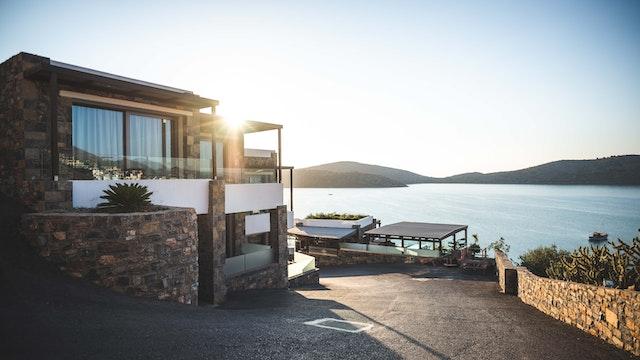 Building materials to use for your costal home include corrosion-resistant materials.
Building materials to use for your costal home include corrosion-resistant materials.
High Humidity
Coastal areas often experience higher humidity levels due to the proximity to the ocean. Materials that can withstand high humidity without warping, rotting, or promoting mold growth are ideal for coastal home construction. Proper ventilation and moisture control should also be considered.
Strong Winds
Coastal regions are often subjected to strong winds, especially during storms and hurricanes. Choosing materials that can withstand these winds and provide structural integrity is essential for the safety and durability of your coastal home.
Potential Hurricanes
Coastal areas are susceptible to hurricanes and tropical storms. Selecting building materials that meet or exceed hurricane-resistant standards is crucial to protect your home from potential damage caused by these severe weather events.
Weather-Resistant and Durable Materials
When it comes to coastal homes, choosing weather-resistant and durable materials is crucial to ensure the longevity and resilience of your property. These materials are designed to withstand harsh coastal conditions, protecting against corrosion, moisture damage, and wind-borne debris. There are:
- Fiber Cement Siding
- Metal Roofing
- Impact-Resistant Windows
Fiber Cement Siding
Fiber cement siding is an excellent choice for coastal homes due to its exceptional durability, moisture, salt, and pest resistance. It offers the look of traditional wood siding while providing superior weather resistance and minimal maintenance requirements.
Metal Roofing
Metal roofing is highly recommended for coastal homes thanks to its exceptional durability and resistance to strong winds, saltwater, and UV radiation. It offers long-term protection against corrosion and provides an added layer of defense during storms and hurricanes.
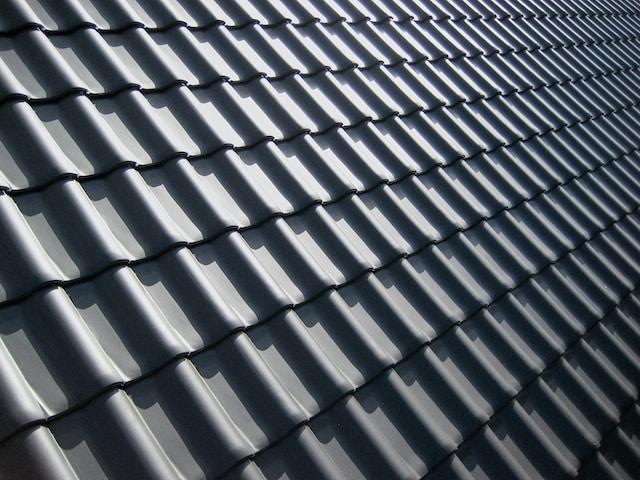 Metal roofing is ideal for coastal homes because it resists strong winds, saltwater, and UV radiation.
Metal roofing is ideal for coastal homes because it resists strong winds, saltwater, and UV radiation.
Impact-Resistant Windows
Coastal homes can benefit from impact-resistant windows that withstand high winds and flying debris. These windows feature laminated glass and reinforced frames, providing an extra layer of protection against hurricane-force winds and improving the overall security of your home.
Creating a Mold-Free Coastal Home
In coastal environments, where moisture levels are high, preventing mold growth and maintaining a healthy indoor environment is paramount. To achieve this, selecting moisture-resistant and mold-resistant materials is crucial. Opt for vinyl or composite decking for outdoor spaces, as these materials are highly resistant to moisture and withstand coastal elements without warping or rotting.
Ensure proper insulation using moisture-resistant materials like closed-cell spray foam or rigid foam insulation to prevent moisture infiltration and condensation issues. Incorporate mold-resistant drywall in interior spaces, containing additives that inhibit mold and mildew growth, particularly in high-humidity areas. By utilizing these moisture-resistant and mold-resistant materials, you can safeguard your coastal home against mold, promoting a healthy indoor environment and enhancing the longevity and value of your property.
The condition of your property must remain as good as possible and one day when you plan to sell it. It's also always good when moving to secure storage and pack well, according to the advice of professionals from Van Express Movers NJ.
Building a Greener Coastal Home
When constructing your coastal home, it's important to prioritize sustainability and choose eco-friendly materials that minimize environmental impact. By embracing these materials, you contribute to a greener future and enjoy the benefits of durability and aesthetic appeal.
Consider incorporating bamboo flooring, which is a rapidly renewable resource. Bamboo is an excellent choice for coastal homes due to its durability and visual attractiveness. Moreover, it has a smaller carbon footprint than traditional hardwood, making it a sustainable alternative that helps preserve forests and promotes responsible practices. Another eco-conscious option is using reclaimed wood in your coastal home. This wood is salvaged from old structures, giving it a distinctive, weathered appearance that adds character to your space. By incorporating reclaimed wood, you reduce the demand for new timber and actively contribute to reducing deforestation while promoting recycling practices. If you find your green paradise in Florida, let experienced people help you relocate from New Jersey. Experts can make your relocation a lot easier and simpler.
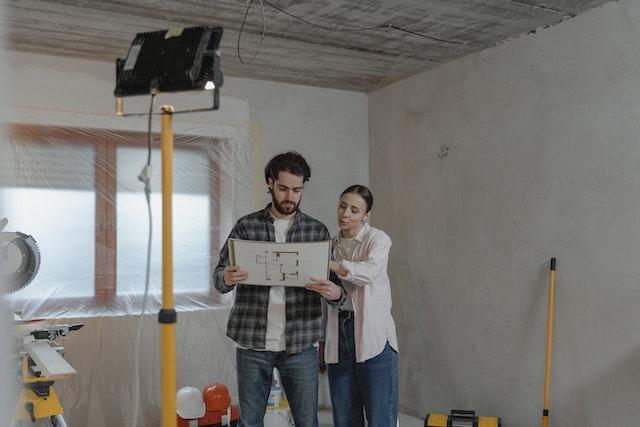 Building a coastal home should prioritize sustainability and use eco-friendly materials.
Building a coastal home should prioritize sustainability and use eco-friendly materials.
Additionally, utilizing recycled plastic composite materials like decking or fencing provides an eco-friendly solution. These materials are made from recycled plastics, diverting waste from landfills and oceans. Not only do they help prevent plastic pollution, but they also offer durability, low-maintenance requirements, and the visual appeal of traditional materials.
Building Responsibly for a Greener Future
When constructing your coastal home, prioritize sustainability with eco-friendly materials that minimize environmental impact. Opt for bamboo flooring, a rapidly renewable resource that offers durability and visual appeal while supporting forest conservation. Incorporating reclaimed wood adds character and reduces the demand for new timber, promoting recycling and preserving forests. Utilize recycled plastic composites for decking and fencing, diverting waste from landfills and oceans while enjoying durability and low maintenance. Building an eco-friendly coastal home aligns with your values and contributes to a greener future. These eco-friendly options reduce your carbon footprint, support sustainable practices, and inspire others to make greener choices.
Building a Strong and Sustainable Coastal Home
Selecting the right building materials to use for your coastal home that can withstand the unique challenges of coastal environments is crucial. By choosing weather-resistant and durable materials, you ensure the longevity and stability of your home, protecting it from harsh coastal elements. Also, materials like bamboo flooring, reclaimed wood, and recycled plastic composites offer a balance between aesthetics, durability, and environmental responsibility. Remember, every coastal location has its unique characteristics and requirements. It's advisable to consult with architects, contractors, and building professionals with experience in coastal construction. Enjoy creating your dream coastal home while making conscious choices that benefit you and the environment.
Images used:
‹ Back

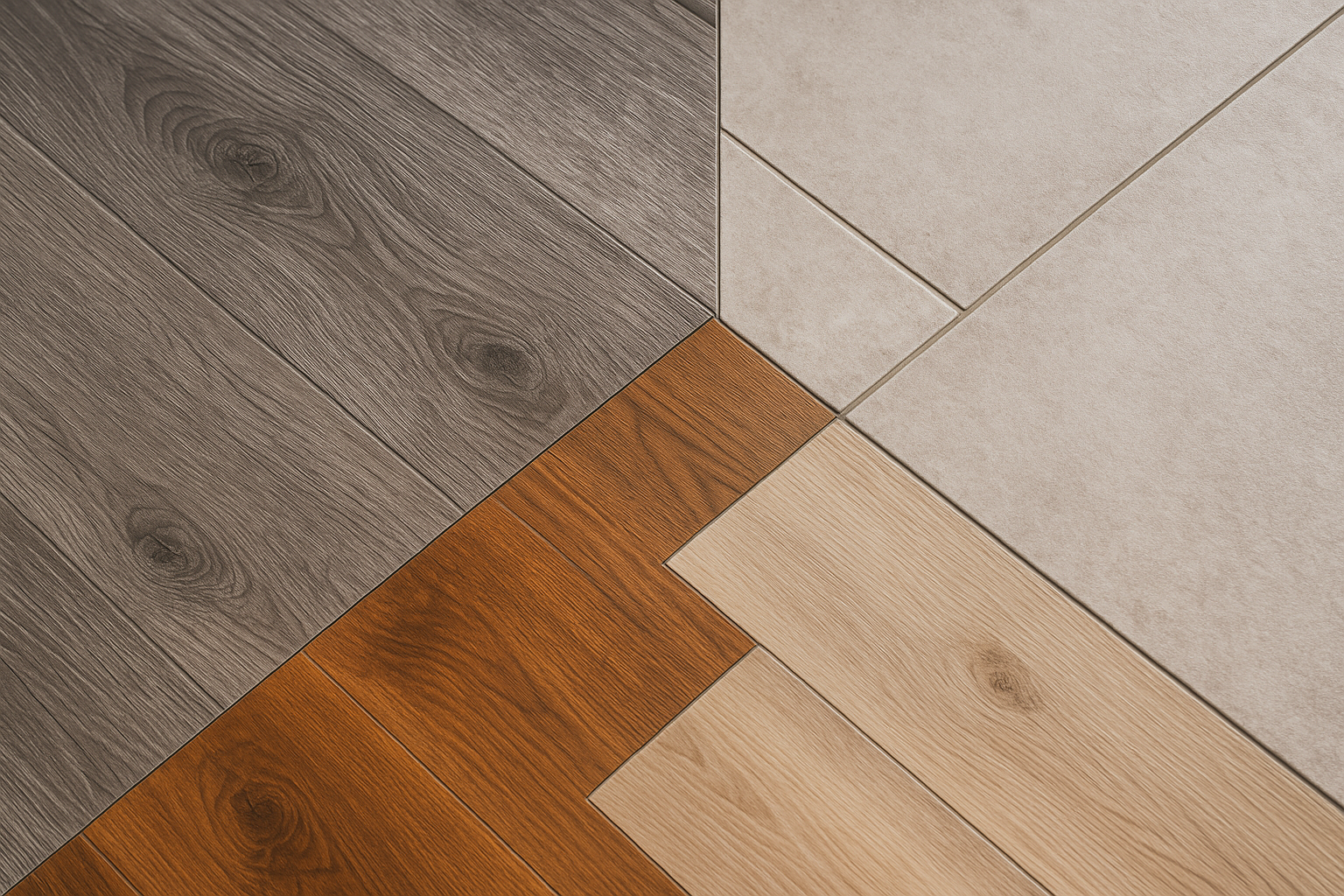
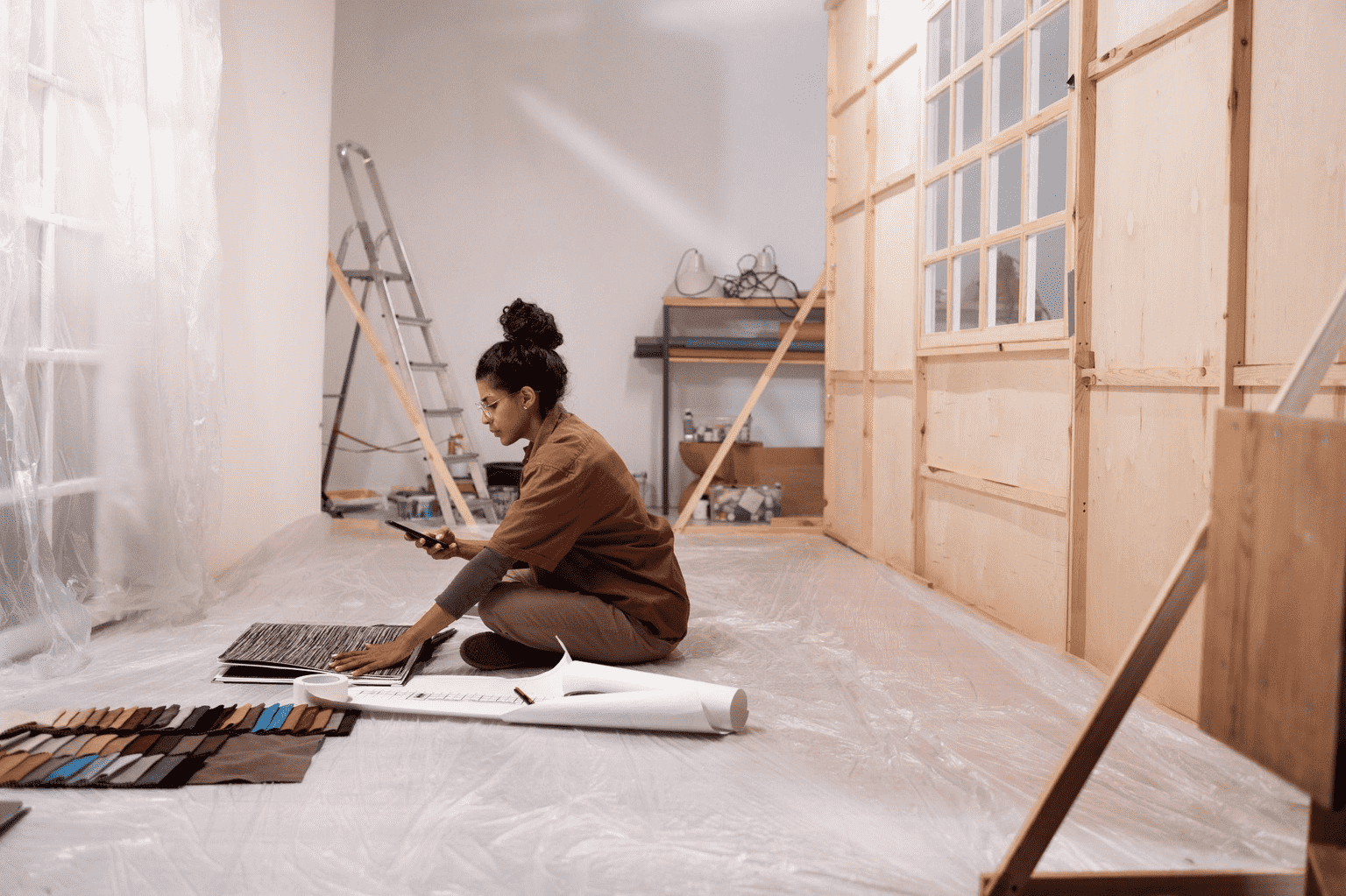
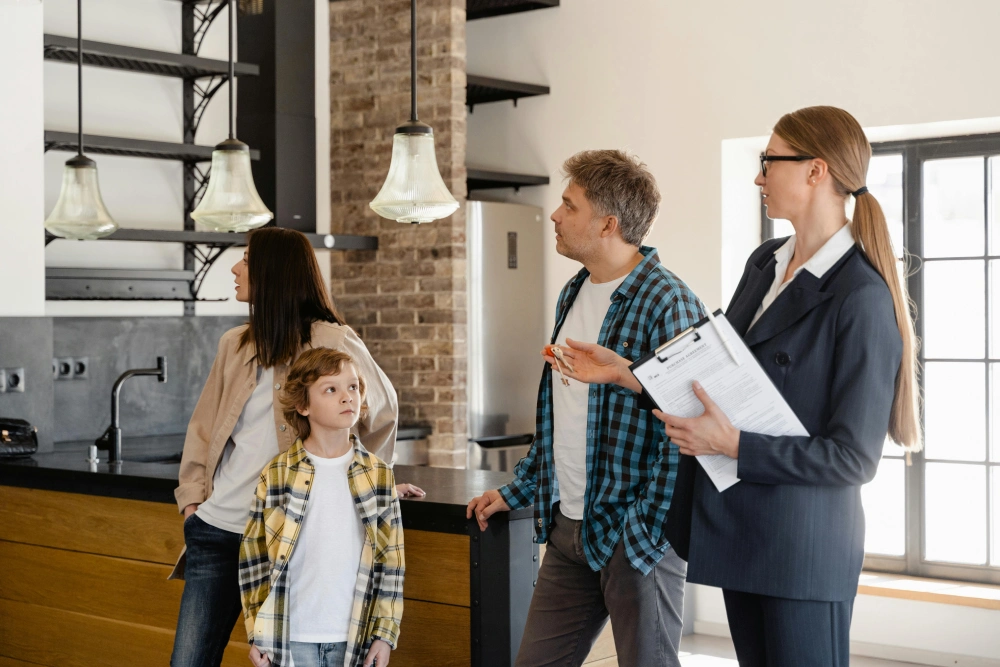
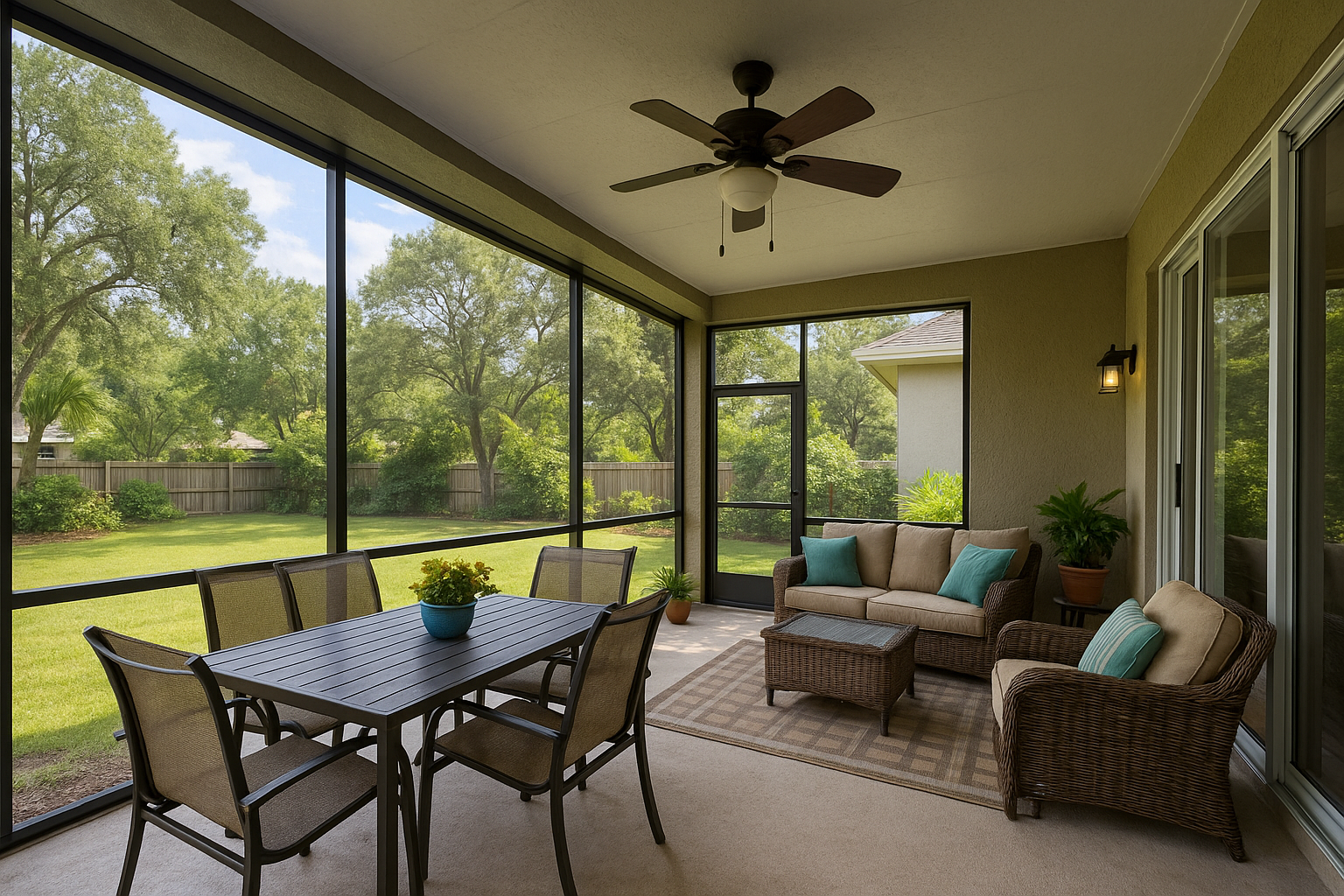
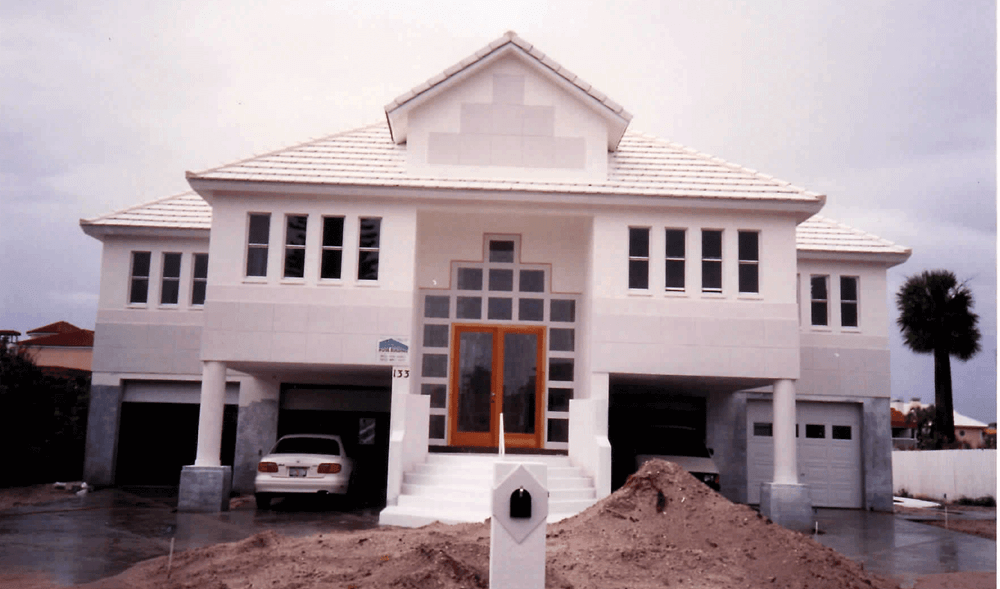
.png)
